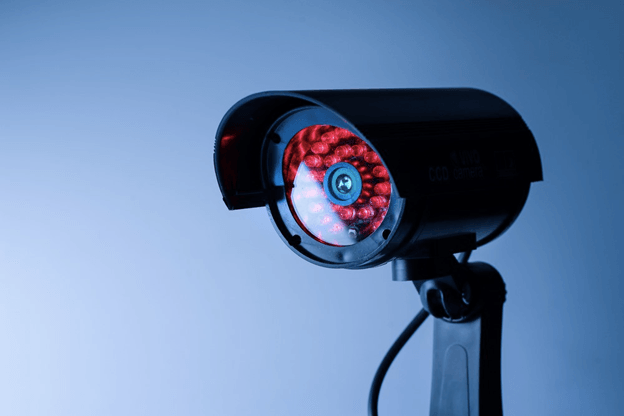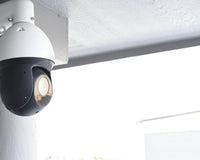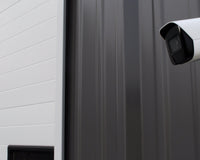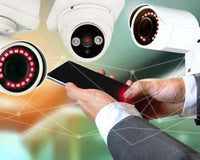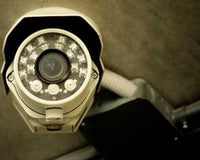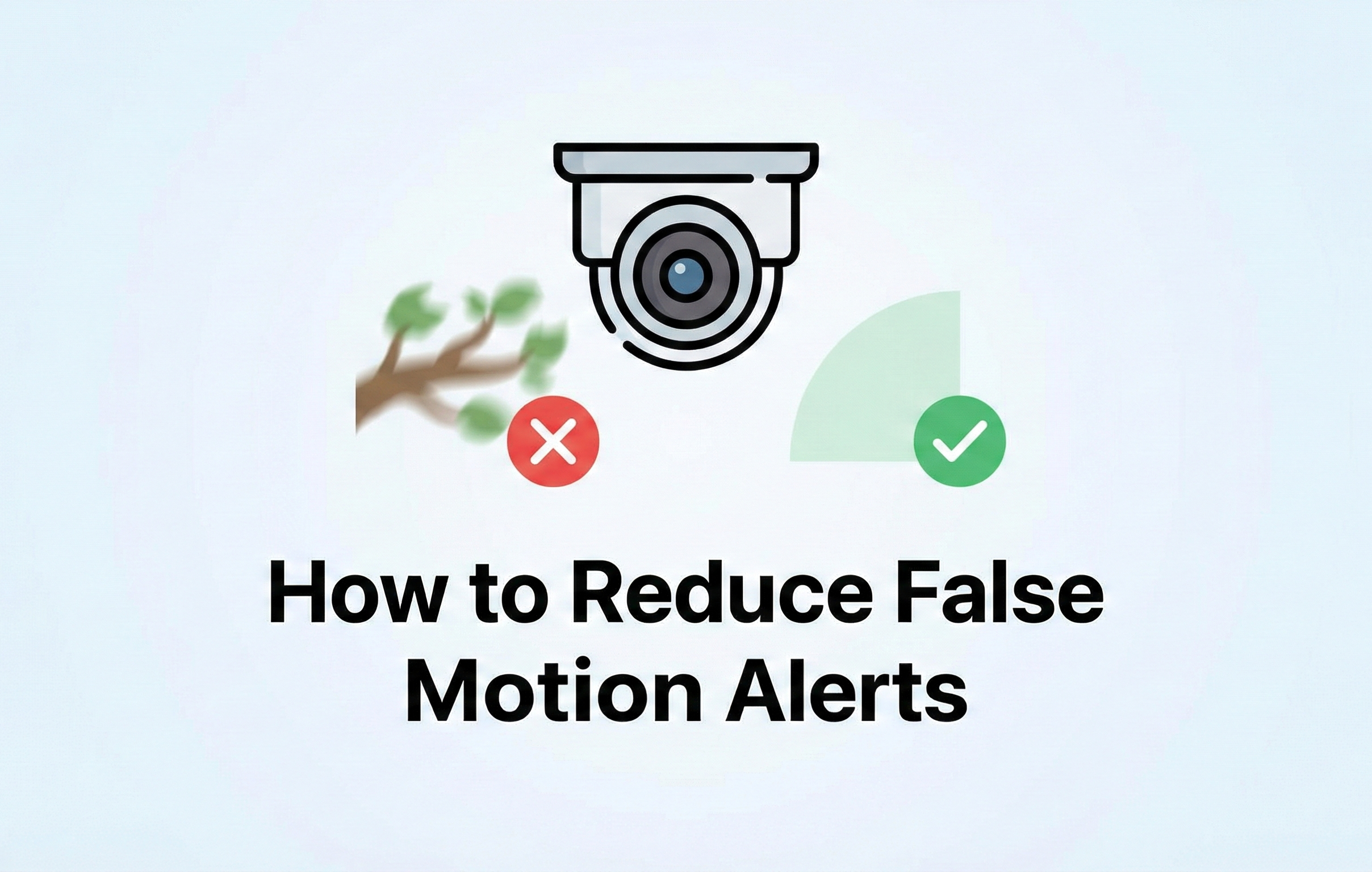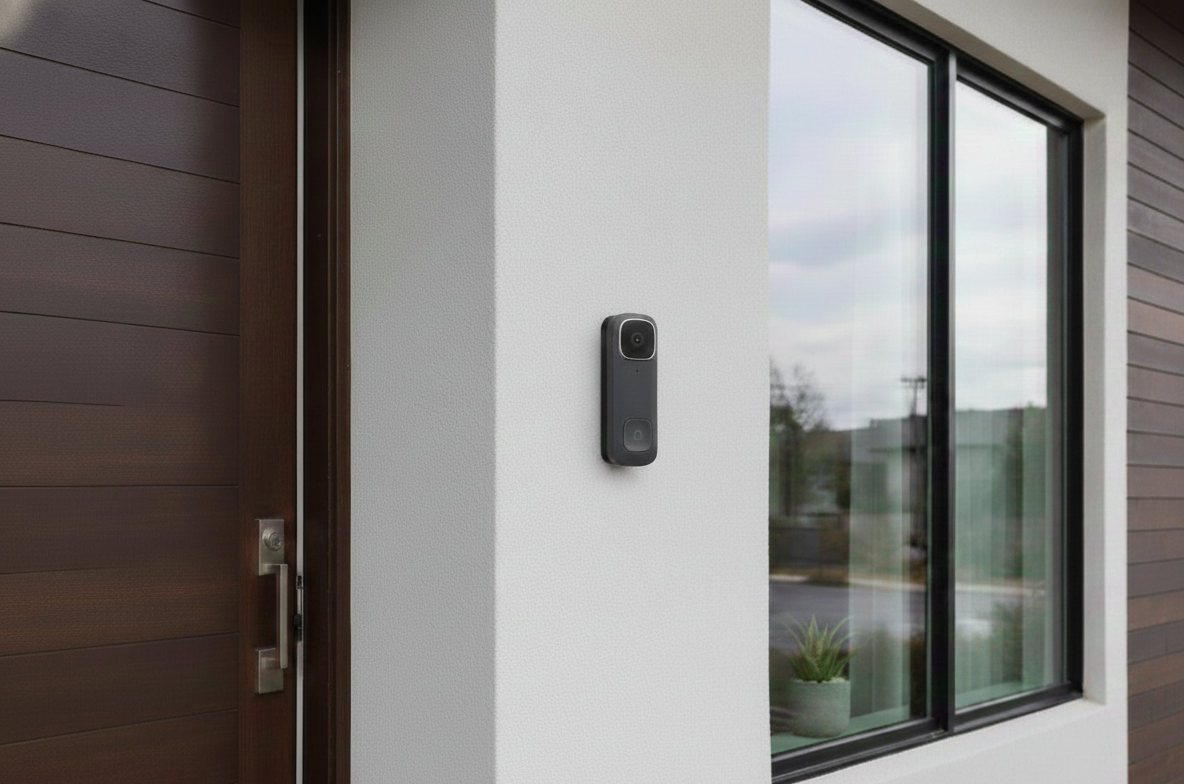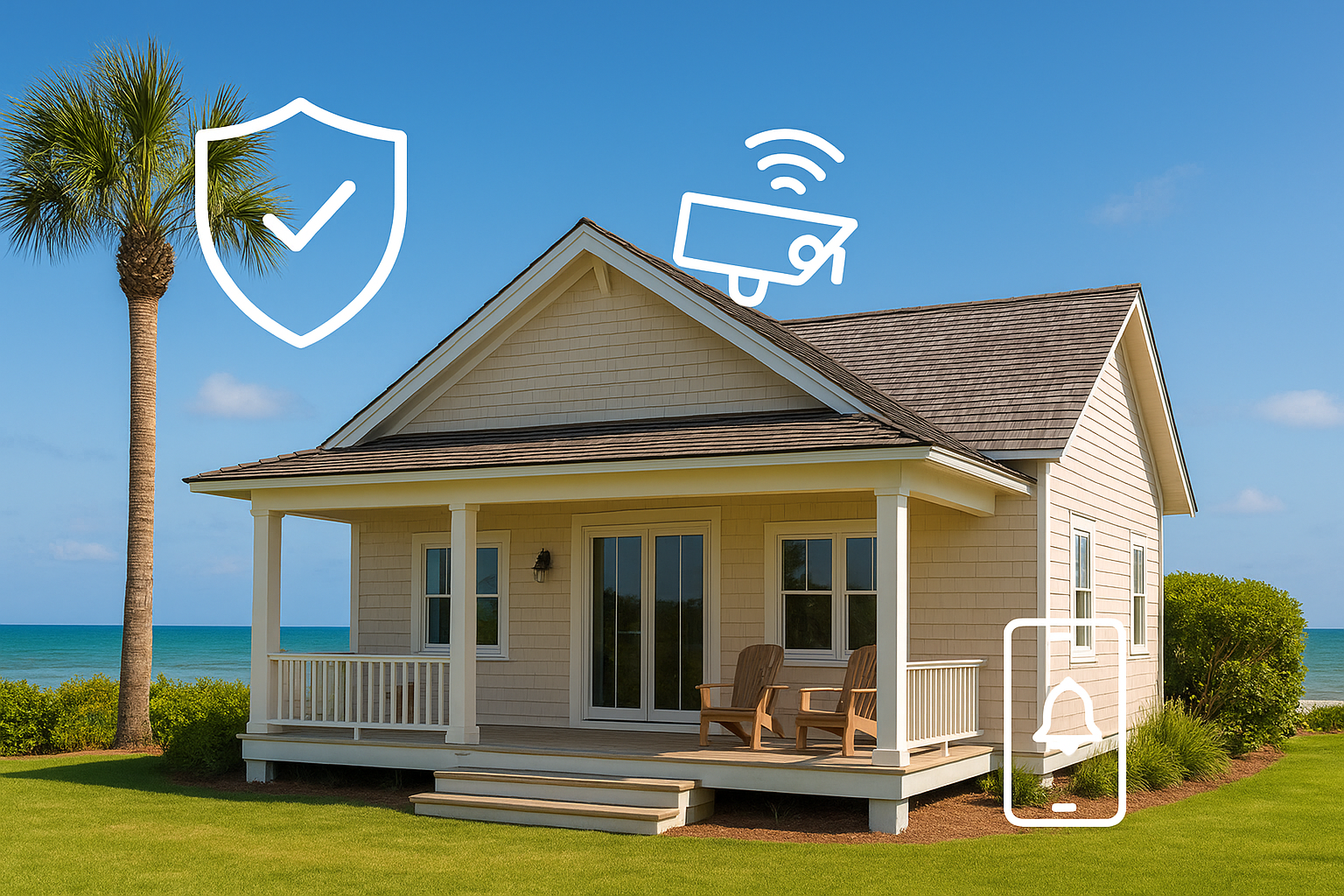Whether you're protecting your property or company, it's critical to use technology appropriately to ensure that all of your possessions, personnel, and family members are secure.
Using security cameras is one approach to accomplish this.
If you're wanting to protect a significant area, it's essential to know how far your security camera can see at night.
So how far can security cameras see at night?
CCD technology is also used in night vision cameras, which use infrared light to see clearly at night. This involves illuminating an area with visible light that the human eye cannot perceive.
This method allows a high-quality night vision camera to see between 100ft to 200ft away, so you will be able to monitor your house 24 hours a day, seven days a week.
Read our guide to learn more about how to use security cameras at night.
How Far Security Cameras Can See in the Dark?
Infrared technology is commonly utilized in night vision cameras. This involves illuminating an area with light that the human eye cannot perceive.
The night vision feature of this device enables top-notch nighttime cameras to see up to 200 feet, allowing you to check on your property day and night.
We may also set up remote viewing so you can keep an eye on your house from wherever you are.
As a rule, black and white night vision cameras operate further than color security cameras (most cameras function in color during the day, but switch to black and white at night).
Color mode frequently fails inside of 100 meters, although black and white mode will still capture clear images.
However, this is determined by the camera you choose, so be sure to do your research before making a purchase.
Why Use Night Vision Security Cameras?
The benefits of using night vision cameras are clear. These devices can offer you 24/7 protection, deterring potential criminals and giving you peace of mind.
In addition, night vision cameras can capture high-quality footage in low-light conditions, making them an invaluable tool for security purposes.
An infrared security camera can also help you monitor your property in the dark, as they are designed to see in low-light environments.
Most breaks in happen at night, making it all the more important to have a way to monitor your property after dark.
If you’re looking for reliable and effective security for your home or business, then night vision security cameras are a great option.
Different Ways a Security Camera Can See At Night
Not all security cameras can see in the dark. As a result, it is critical to check when purchasing one to ensure that it can function at night. There are two methods for achieving this.
Infrared security cameras
The first is night vision capabilities. Infrared LEDs enable most security cameras to see in the dark using night vision. These are tiny red lights that may be found in your cameras.
Security cameras with night vision can photograph and record events while it's dark or at night, allowing them to capture and store images and videos.
Thermal security cameras
Thermal vision, like heat-seeking missiles, uses heat to see. Heat is used in thermal vision to perceive and capture images and video.
A thermal surveillance camera can monitor and detect intruders by their body heat, even if they're in complete darkness.
It's an advanced technology that is mostly used in high-security areas because of its price tag.
What Factors Influence How Far a Security Camera Can See?
Let's look at three factors that influence how far your security cameras can see in the dark before we delve into specifics about how far your security cameras may see in the dark.
Focal Length
The focal length of a security camera dictates how wide of an area the camera can see. A longer focal length will allow the camera to see a narrower field of view, while a shorter focal length offers the camera a wider panoramic field of view.
For example, if you have a security camera with a focal length of 50mm, it will have a narrower field of view than a camera with a focal length of say 35mm.
This is because the 50mm camera will need to be closer to the object it's recording in order to get a clear image, while the 35mm camera can be further away and still get a clear image.
It's essential to search for a variable focal length camera instead of a fixed focal length, so you have the ability to change how much the camera can see.
This will give you more control over your security system and allow you to customize it to your specific needs.
Aperture
The aperture of a security camera is the opening in the lens that allows light to enter. The size of the aperture will determine how much light can enter the camera.
A larger aperture will allow more light to enter, which is important for low-light conditions.
For example, if you have a security camera with an aperture of f/2.8, it will be able to gain more light than a camera with an aperture of f/5.6.
This is because the aperture of the f/2.8 camera is wider, allowing more light to enter the lens.
The amount of light that a camera can gather is important for night vision, as it will dictate how clear the images from the camera will be.
Sensor Size
The sensor size of a security camera dictates how much light the sensor can gather. The bigger the sensor, the more light it can gather.
For example, if you have a security camera with a 1/2" sensor, it will be able to gather more light than a camera with a 1/4" sensor.
This is because the 1/2" sensor is twice as big as the 1/4" sensor, so it can gather twice as much light.
The amount of light that a camera's sensor can gather is important for night vision, as it will dictate how clear the images from the camera will be.
Now that we've looked at three factors that influence how far a security camera can see in the dark, let's look at some specific examples.
Location
The location of the security camera will play a big role in how far it can see in the dark.
For example, if the security camera is mounted on the side of a building, it will have a restricted field of view and might not be able to see very far.
On the other hand, if the security camera is mounted on a pole in the middle of an open field, it will have a much wider field of view and will be able to see much further.
The location of the security camera should be taken into consideration when determining how far it can see in the dark.
Lighting Conditions
The lighting conditions will also play a role in how far the security camera can see in the dark.
If there is artificial light present, such as from streetlights or porch lights, the security camera will be able to see further than if there is no artificial light present.
The type of lighting also makes a difference.
For example, LED lights are easier for security cameras to see than incandescent lights.
The lighting conditions should be taken into consideration when determining how far the security camera can see in the dark.
Type of camera
The type of camera also makes a difference in how far it can see in the dark.
For example, thermal imaging cameras can see further in the dark than traditional security cameras.
This is because thermal imaging cameras can detect heat, so they don't need light to see.
The type of camera should be taken into consideration when determining how far the security camera can see in the dark.
Conclusion
It is clear the average security cameras that have night vision can see on average 100ft to 200ft in the dark.
But there are several factors that can influence how far a security camera can see in the dark, such as the type of camera, lighting conditions, and location.
When determining how far your security camera can see in the dark, it is important to take all of these factors into consideration.
This will ensure you get an accurate estimate of how far your security camera can see in the dark.

